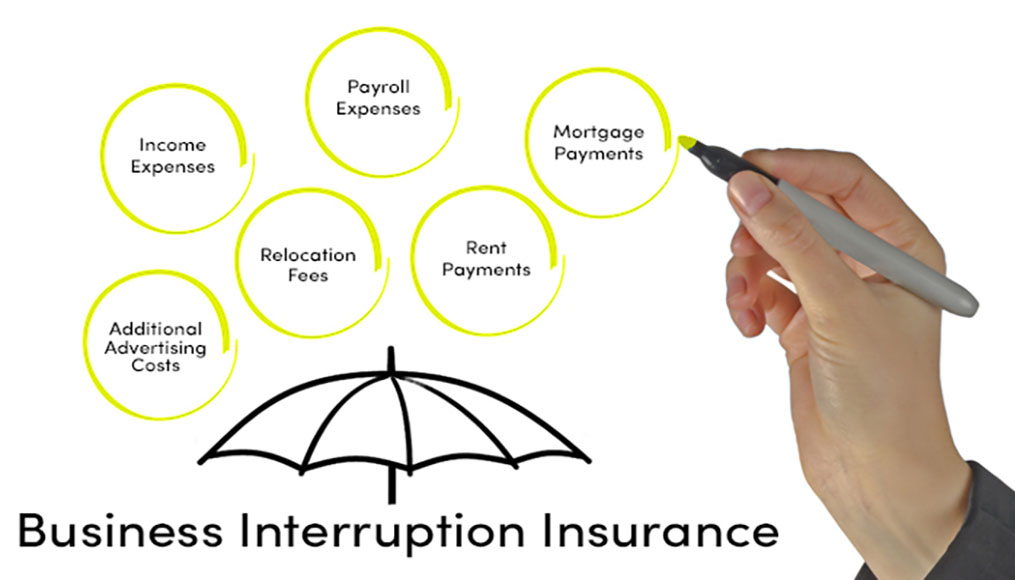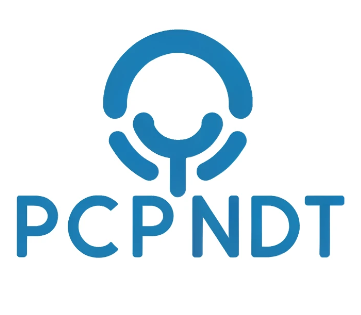Business Interruption Insurance Gross Profit vs Revenue: Gross Profit in Business Interruption Insurance considers core profitability by deducting costs from revenue, providing comprehensive coverage whereas Revenue reflects total income before expenses, offering insight into sales performance but may not fully address profitability during interruptions. Businesses should choose based on financial objectives and risk assessment for effective coverage.
Business Interruption Insurance is a crucial component of risk management for businesses, providing financial protection in the event of unexpected disruptions. When it comes to calculating the coverage under Business Interruption Insurance, understanding the difference between Gross Profit and Revenue is essential. Let’s explore the nuances of Gross Profit vs Revenue in the context of Business Interruption Insurance to help businesses make informed decisions.

What is Gross Profit?
Gross Profit represents the total revenue generated by a business minus the cost of goods sold (COGS). It reflects the profitability of the core operations of the business before deducting fixed costs such as rent, utilities, and salaries.
Calculation: Gross Profit = Revenue – Cost of Goods Sold
Gross Profit is calculated as Revenue minus Cost of Goods Sold (COGS). It provides a more accurate reflection of the business’s financial health and operational performance compared to Revenue alone.
Example: Using the bakery example, if the COGS for 1,000 cakes is $4,000, the gross profit would be $10,000 (revenue) – $4,000 (COGS) = $6,000.
Significance in Business Interruption Insurance
When calculating Business Interruption Insurance coverage based on Gross Profit, the focus is on maintaining the profitability of the business by covering the ongoing expenses and maintaining the pre-loss level of profitability during the interruption period.
What is Revenue?
Revenue refers to the total income generated by a business from its primary activities, including sales of goods or services. It represents the top line of the income statement before deducting any expenses.
Calculation: Revenue = Price of Goods/Services x Quantity Sold
Revenue is calculated as the total income generated from sales of goods or services. It provides an overview of the business’s sales performance but may not reflect the actual profitability after deducting costs.
Example: If a bakery sells 1,000 cakes at $10 each, the revenue is $10,000.
Significance in Business Interruption Insurance
While Revenue is a key indicator of the business’s sales performance, it may not fully capture the profitability aspect during an interruption. Business Interruption Insurance coverage based on Revenue alone may not adequately address the impact of fixed costs and ongoing expenses.
Business Interruption Insurance Gross Profit vs Revenue
| Aspect | Gross Profit | Revenue |
|---|---|---|
| Definition | Total revenue minus cost of goods sold (COGS) | Total income from sales before expenses |
| Significance in Insurance | Focuses on maintaining profitability | Indicates sales performance |
| Calculation | Revenue – COGS | Total income from sales |
| Coverage Consideration | Comprehensive coverage of core profitability | May not fully address profitability aspect |
| Risk Assessment | Reflects actual profitability after costs | Provides overview of sales performance |
| Decision Making | Consider cost structure, profit margins | Evaluate financial resilience and recovery |
Factors to consider while choosing one
- Industry Standards: Certain industries often have preferred coverage bases. Talk to your insurance broker to understand what’s common in your field.
- Cash Flow Needs: Consider your ability to cover ongoing expenses during downtime. Gross profit coverage might be more suitable if cash flow is a concern.
- Complexity of Calculations: Revenue coverage is generally simpler to calculate, while gross profit coverage requires a more detailed breakdown of costs.
Which option should you choose?
The best choice depends on your business model:
- High Variable Costs: Businesses with high COGS (think manufacturing or restaurants) might benefit more from gross profit coverage. It ensures you’re not reimbursed for expenses you wouldn’t have incurred anyway during the interruption.
- Low Variable Costs: Businesses with low COGS (think service-based businesses) might find revenue coverage sufficient. Since their ongoing expenses are minimal, focusing on lost sales might be adequate.
Conclusion
When selecting the basis for Business Interruption Insurance coverage, businesses should carefully evaluate the differences between Gross Profit and Revenue to ensure adequate protection against financial losses during interruptions. By considering the unique aspects of each metric and their implications for business continuity, businesses can make informed decisions to safeguard their operations and mitigate risks effectively.
